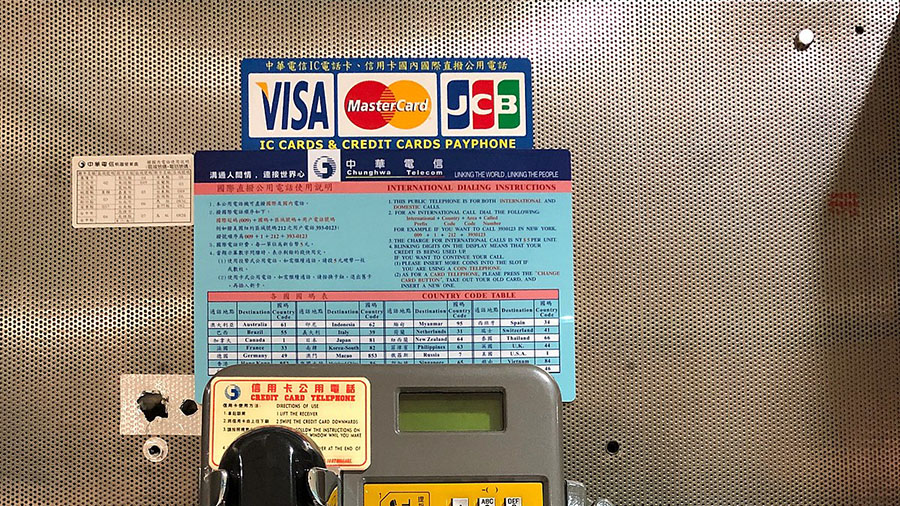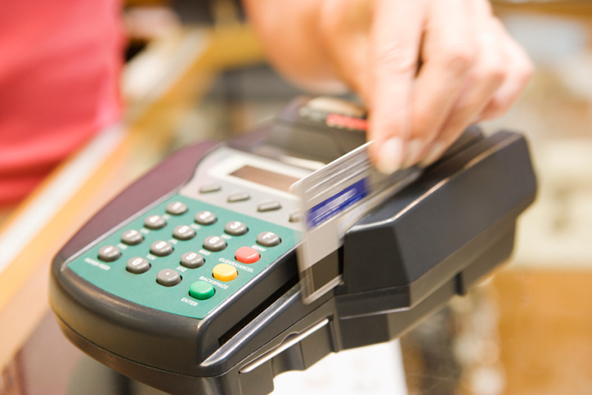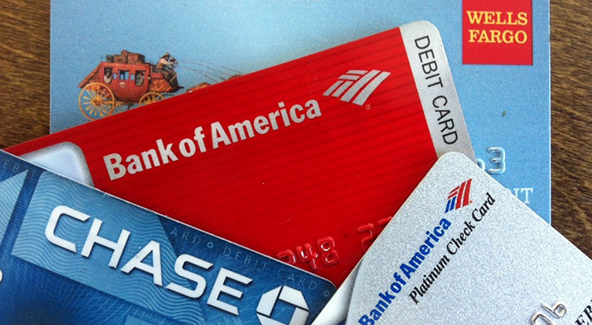Batch vs. Real Time Credit Card Processing

Credit card transactions can be processed in batches at the end of the day or in real time. The method selection is dependent on the payment acceptance environment, the processor’s capabilities and on local requirements. The transaction information can be captured either at the point-of-sale (POS) device or at the processor host.
In this post I will offer a cursory overview of the two processing methods.
Batch Processing
Batch processing (also known as batch clearing) involves the exchange of transaction information twice, which is why it is also referred to a dual message processing. In dual message processing, the authorization occurs at the time of the transaction, through only one message and then the clearance is done later through another message.
The clearing messages from the daily transactions are typically collected into a batch for the POS devices. At the end of the day the batch is sent to the processor as part of the end-of-day processing. Device-capture and processor host-capture systems typically use dual message processing.
Real Time Processing
In real time processing all transaction information flows online. If the final amount is known at the time of the authorization request, the same online message also provides the issuer with all the data needed to clear the transaction and post it to its cardholder’s account. This is why real time processing is also referred to as single message processing.
Real time processing merchants, specifically those in the travel, lodging and entertainment industries, can use an authorization message followed by a sales completion, instead of a full financial message. If that is the case, the process is very similar to the dual message one.
Batch and Real Time Processing Considerations
Gas stations and other card acceptance environments, where the final transaction amount is not known at the time of the authorization, typically use batch clearing. Those that use real time processing instead, request a status check first, followed by a clearing message when the final amount is known. Unlike batch clearing, this message can be sent as soon as the full amount is calculated.
Where a device-capture system is used, the POS terminal combines the authorization response with the information from the authorization request to create the clearing message. Where a processor host-capture system is used, the host keeps a copy of the authorization coming from the POS device, prior to sending the request for authorization, and uses this information along with the authorization response to create the clearing message. A device connected to a host-capture system can keep a shadow (copy) of the clearing batch for information purposes.
For devices using host capture, all transactions appear to be single message, as the processor is responsible for generating the clearing message. Although single message systems typically use full financial messages, they can also use an authorization followed by a clearing message.
The Takeaway
Typically, your processor will select the processing type for you and it is best to listen to their advice. Still, it is also advisable that you understand why your transactions are processed the way they are, so that you can set up your sales processing system correctly.
Image credit: Tmg-360.com.


